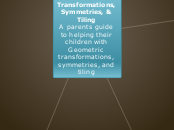da Johnson Marisa mancano 10 mesi
78
Sinusoidal and Periodic Functions
Sinusoidal functions find wide-ranging applications across various fields such as electrical engineering, physics, and economics. They are particularly useful in describing phenomena like voltage in electrical circuits, wave behavior in physics, and financial cycles in economics.









